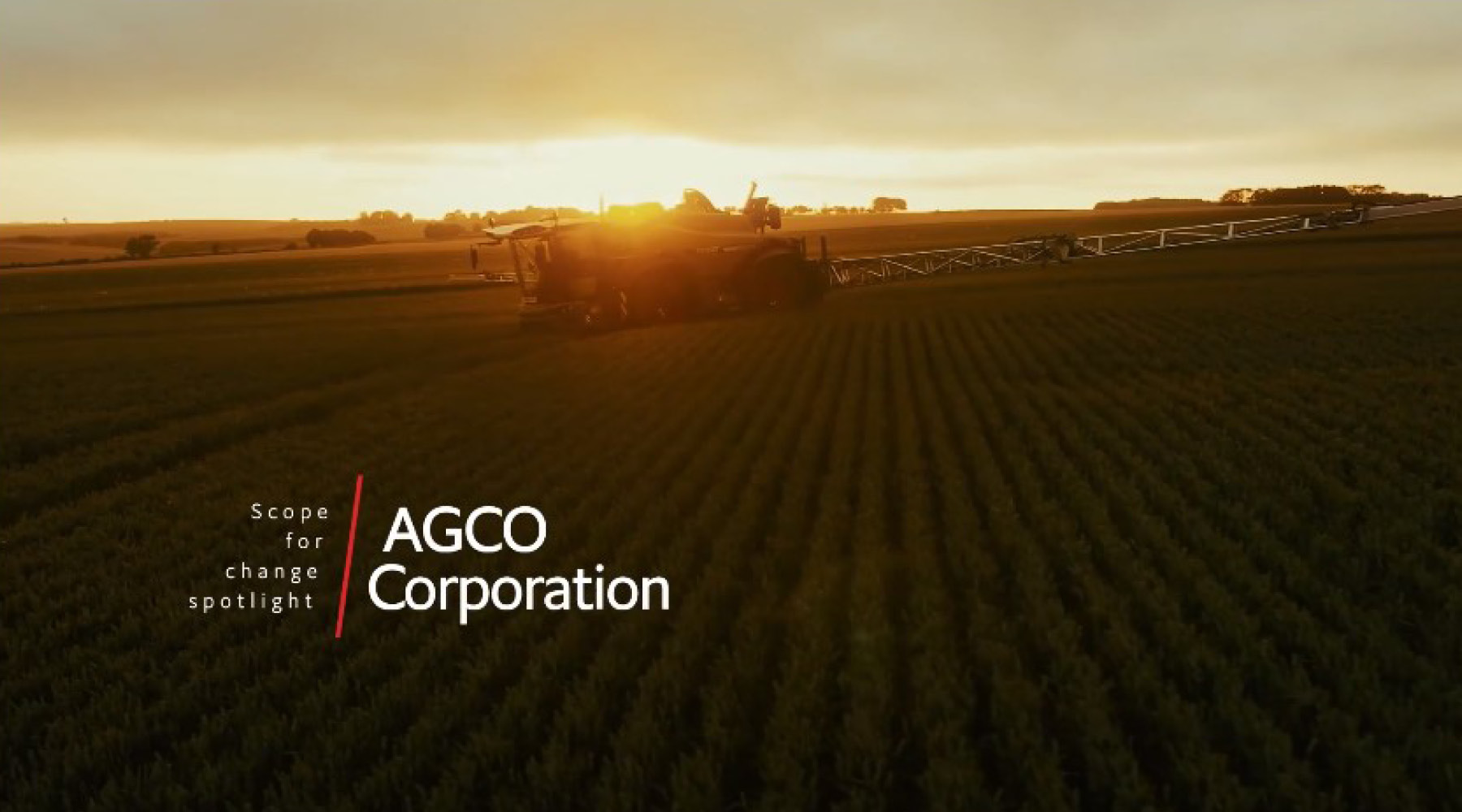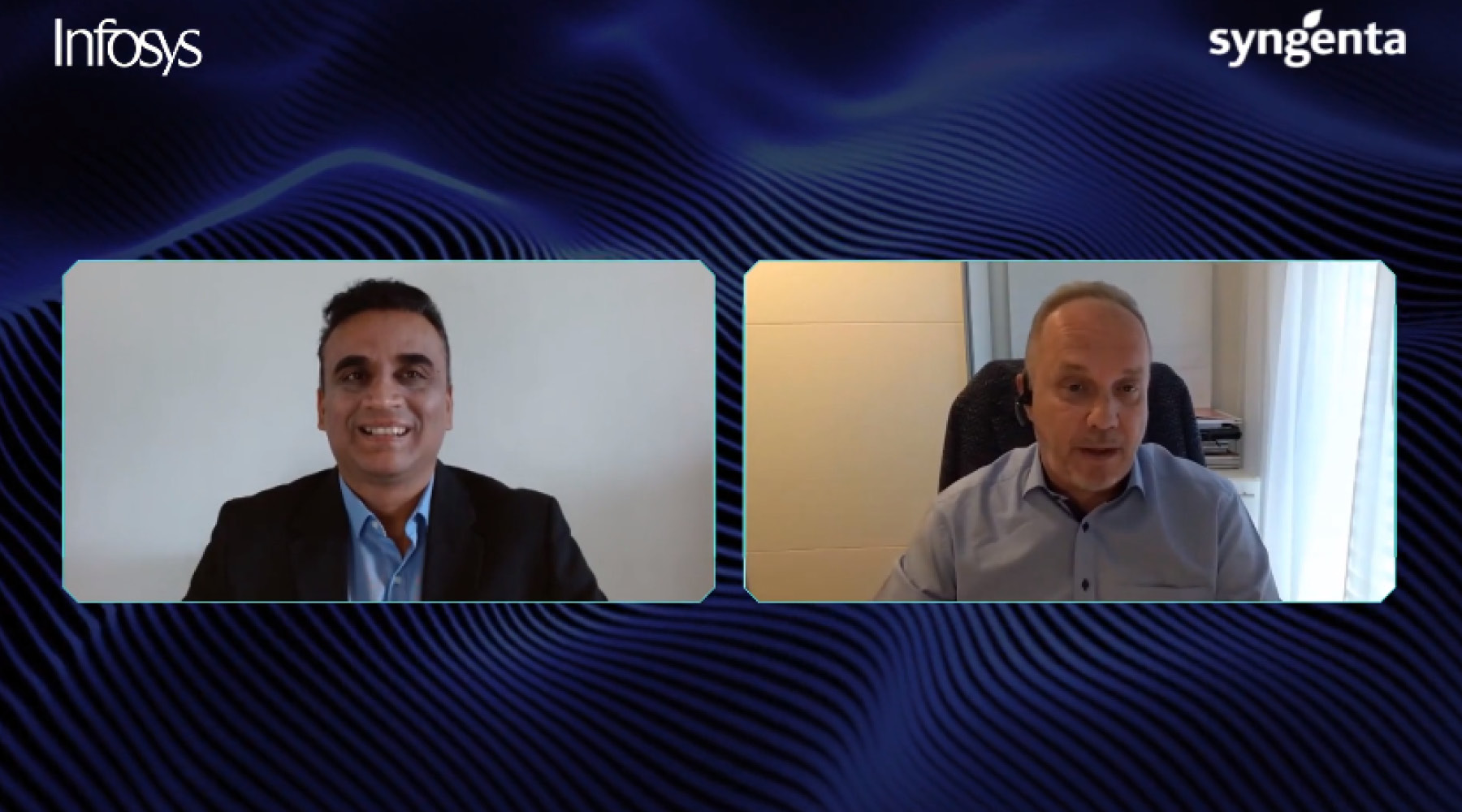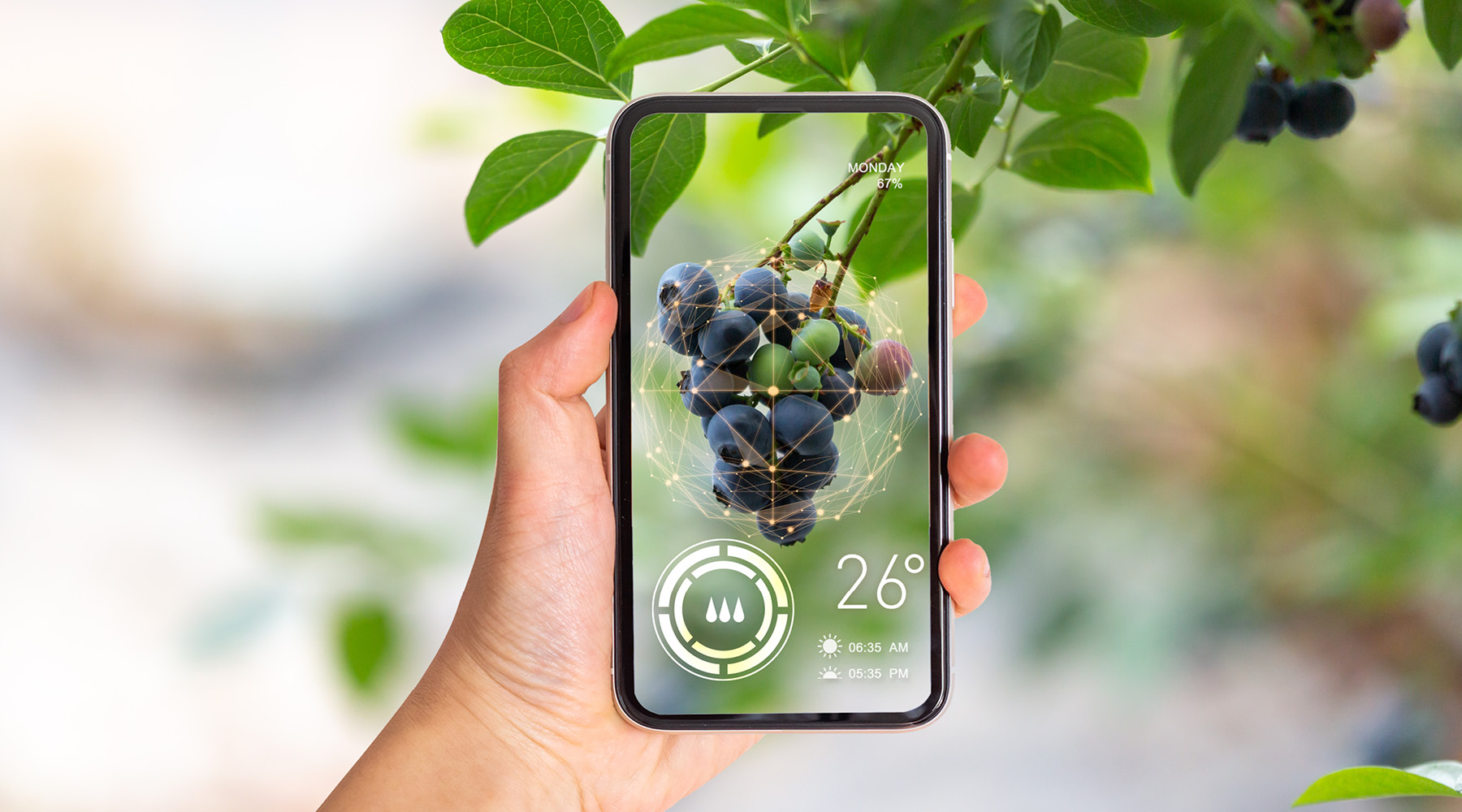Language
You can read the magazine in one of the following languages
Geolocation
You can read the global content or the content from your region


Technology is assisting farmers in even the most remote corners of the earth. Consider a smallholder farmer in Myanmar, who pulls up his smartphone to take a picture of his plantation and uploads it onto an app. Within seconds, he receives a diagnostic report of the crop being infested by pests as well as a solution for safe resolution. All of this was possible through the free-to-use Syngenta Cropwise Grower app, powered by AI, for farmers in the Asia–Pacific.
 Such digital solutions help millions of growers reduce crop loss and increase yields. However, global food systems are far from adequate, according to ‘RICH Food, Smart City: How Building Reliable, Inclusive, Competitive, and Healthy Food Systems is Smart Policy for Urban Asia’, a World Bank publication. Only eight percent of the 170 cities surveyed were “food-smart”, according to the World Bank and the Food and Agriculture Organization. Urban planners need to integrate reliable, inclusive, competitive and healthy (RICH) food policies to ensure abundant and safe food supply.
Such digital solutions help millions of growers reduce crop loss and increase yields. However, global food systems are far from adequate, according to ‘RICH Food, Smart City: How Building Reliable, Inclusive, Competitive, and Healthy Food Systems is Smart Policy for Urban Asia’, a World Bank publication. Only eight percent of the 170 cities surveyed were “food-smart”, according to the World Bank and the Food and Agriculture Organization. Urban planners need to integrate reliable, inclusive, competitive and healthy (RICH) food policies to ensure abundant and safe food supply.
Unfortunately, food security for a growing global population (projected to approximately 10 billion by 2050) is only one of several challenges. Dietary transition and healthier lifestyles are raising the average consumption of nutritious food. The unfavorable environmental footprint of agriculture and the need to adapt to climate change are pressing existential challenges. Efficient and sustainable cultivation methods need to be prioritized to address these global imperatives.
Agri-tech spanning AI, machine learning (ML), IoT-enabled robotic machinery and scientific mapping facilitate an integrated ecosystem for sustainable agriculture. A tech-enabled ecosystem collates field and crop-specific data and combines it with the granular data of a region such as historical weather patterns and crop cycles. Digitization creates a global database of soil types, crops, pests and diseases, which helps analyze the impact of climate change on crop cycles as well as farming techniques on output. In addition, it also improves farming practices which allows farmers to maximize the output of nutritious food, in a sustainable manner.

Learn how AGCO, in collaboration with Infosys, has launched a digital toolset to empower farmers and dealers. Watch this video to learn more.
Technology solutions decode massive datasets and offer insights for customized farm management. Precision agriculture solutions integrate technology to boost agricultural productivity, improve resource efficiency and optimize crop lifecycle management – from planning, planting and maintenance to harvesting.
Degradation of soil reduces the crop output, but soil testing offers comprehensive insights into the natural nutrient profile, organic carbon content and pH levels. This is useful to restore soil health. Algorithms can be used to analyze soil attributes, topographic features, local biodiversity and seasonal factors, and map them with crop and seed varieties. Analytical tools also accurately predict crop yield and financial returns for specific plots, simplifying crop and seed selection, an otherwise complex decision for farming communities.

Syngenta partnered with Infosys in their journey to build a resilient, data driven supply chain to enhance customer experience. Watch this video to learn more.
AI/ML systems recommend the optimal time for seed sowing, planting depth and placement distance to maximize the yield for specific seed varieties. The adoption of robotic agriculture machinery with precision control ensures accurate implementation of algorithmic recommendations for planting.
Scientific application of nutrients optimizes resource usage and reduces waste while ensuring healthy plant growth, leading to improved yield and minimal environmental impact. Sensor-based monitoring of crop growth and field conditions enable automated ingestion of real-time data on soil nutrition and moisture levels, ambient temperature and humidity, and crop conditions by analytical solutions.
AI-powered apps combine farmland-specific data with weather forecasts and seasonal variations to recommend watering cycles as well as dosage and application time for fertilizers. Recommendations based on field fertility, crop health analysis, and nutrient uptake boost crop production, while mitigating nutrient runoff. Moreover, farmers can calibrate automated equipment for accurate distribution of growth stimulants.
Infection and disease impair crop health. IoT solutions such as unmanned aerial vehicles, equipped with high-resolution cameras, share ultra-high-definition images of plantations in real time. These are analyzed by AI/ML-driven tools to make sense of pest and disease intricacies and predict crop loss due to adverse weather events and pathogens. Moreover, geotagged images are correlated to identify the prevalence of crop health issues in an area.

Data visualization and agri-analytics help researchers and scientists quantify leaf/plant damage, and use historical field data to detect potential issues and mitigate harvest loss. Accurate and timely diagnosis of plant diseases enable early intervention and targeted protection/treatment to prevent the emergence of weed, control infestation, and mitigate nutritional deficiency.
Agri-tech integrates the farming ecosystem to address constraints of conventional farming practices and diminishing resources. In addition, it helps farmers leverage field-specific agronomic recommendations to promote sustainable agriculture.
